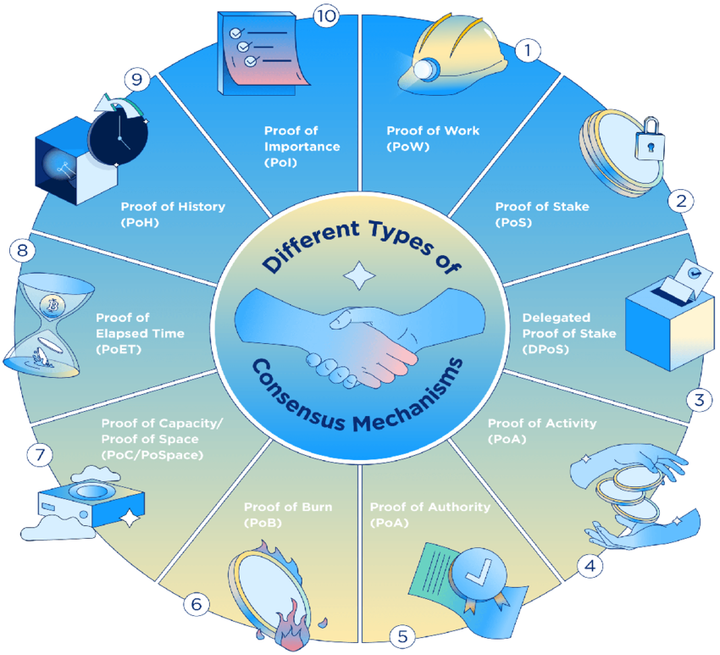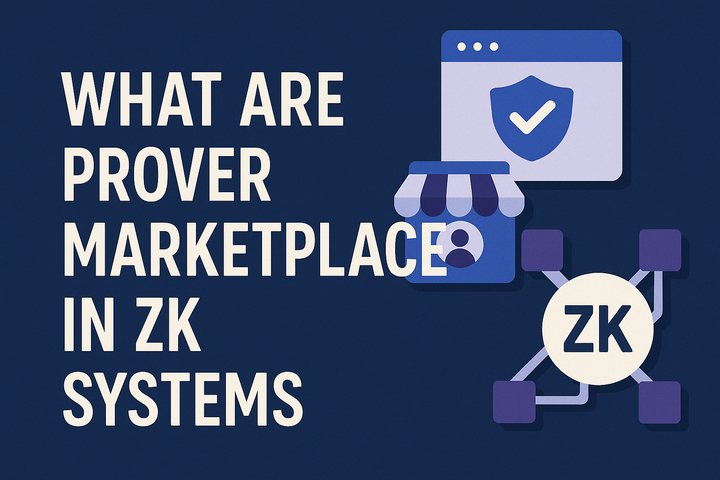Gated Testnets, Open Mainnets: A Web3 Dilemma.

🧱 "Gatekeeping the Gateways: The Testnet Controversy in Web3"
✍️ By Pharst
Mitosis University Contributor
The New Web3 Gatekeepers
Not long ago, participating in a testnet was simple. You just have to connect your wallet, maybe complete a few tasks, and voilà - you are in testing different features of the blockchain tech. But as Web3 has matured, a new trend has emerged: gated testnets, where access is only granted via invite codes, allowlists, or secret forms.
We can see latest trends of gated testnet with the following protocols:
- SuccinctLabs : Succinct Labs is driving breakthrough innovation in zero-knowledge proof (ZKP) infrastructure to make cryptographic truth accessible and scalable for blockchain developers and applications
- Anoma : Anoma, the intent‑centric blockchain architecture redefining privacy, composability, and cross-chain coordination.
- Citrea and others...
At first glance, this might seem like a necessary step in scaling a product responsibly. But it’s sparked a fiery debate. Across X, Telegram groups, and Discord servers, many users are calling it out:
“If you’re going to gate your testnet, then gate your mainnet too.”
Citrea? Gated.
— Zahid Kashan | 𝔽rAI (@mzahids786) July 21, 2025
Anoma? Gated too.
Looks like “testnet access” is the new flex 😅
Both projects are running invite-only early phases, and you need to be active, engaged, and kinda lucky to get in.
Been trying both, still waiting on codes 👀
If you have an extra for either one,… pic.twitter.com/NO6gwT8b9K
But what does this really mean? And why is it triggering such strong reactions?
🔒 The Testnet: No Longer a Public Playground
A testnet is meant to be a sandbox that is a safe space for users/devs to simulate transactions, catch bugs, and collect user feedback without real financial risk.
But now, teams are using invite-only gates for testnet participation. The reasons vary:
- 🚫 To avoid bot attacks and sybil abuse.
- 🎯 To reward early supporters and curated communities.
- 🧪 To manage feedback from serious users rather than spammers.
- 🚀 To build hype and increase perceived value.
- 🚫Prevent token dump at TGE.
While these are valid concerns from the builder’s side, many community members feel sidelined. To them, testnets should be open by default, not a privilege for the well-connected/influencers.
😤 Community Sentiment: "Gate Mainnet Too"
Here’s the emerging reasoning among frustrated users:
"If we can't access your testnet to contribute and stress-test your system, why should we trust or adopt your mainnet later?"
Do you think gated testnet meta should be the next thing.
— Admired ♥️ (@glamzydagreat) July 21, 2025
You gate testnet and make mainnet public. It sounds funny
Even after the gating. A good number still won't use the product if it doesn't have real utility after mainnet
This argument violates decentralization principles of Web3 which is permissionless access. When projects selectively gate testnets and then later launch permissionless mainnets for public adoption (and trading), some users see it as:
- Using the testnet as a private beta club.
- Dropping mainnets as public cash grabs.
- Ignoring community involvement until it’s time to drive hype or TVL.
In some cases, the irony is sharp: protocols ask users to do free labor (test and give feedback), but only if they’re invited.
Builders vs Testers: A Balancing Act
It's important to note - not all gated testnet is bad.
Some builders argue that public testnets often get overwhelmed by:
- 🧍♂️Thousands of bot accounts chasing airdrops.
- 🤖 Script kiddies spamming contracts for rewards.
- 🗑️ Low-quality feedback that drowns real signal.
To mitigate this, teams curate a smaller, engaged tester pool. This can lead to higher-quality insights, smoother upgrades, and safer mainnets.
But here’s the challenge: Web3 thrives on inclusivity, and too much exclusivity kills that spirit.
🧪 Real Case Studies
- ZetaChain: Access was invite-only, triggering a wave of invite farming. Many users who couldn’t find codes felt excluded despite having followed the project for months.
- LayerZero V2: By gating their testnet and rewarding invite-based activity, they created social buzz — but also pushed away early users who didn’t have “connections.”
- Scroll/ZKsync: Early on, they leaned toward open testnets. Community sentiment was more positive, with feedback flowing freely — even if it came with noise.
- Succinct/Union/Initia Testnet Playbook : For Succinct testnet,only approx. 25,000 users got in with access code,the hype was real and competition amidst community members was not really high as the testnet was not diluted Compared to Union testnet, approx. 240,000 users are contributing but onl 18,000 users are in/above level 6 on the union dashboard which depicts that gated/not gated the real users will contribute and the ones with little contributions can be filtered out just like the way Initia did it that any user below level 3 was not eligible for contribution related rewards which significantly filtered out bots/sybils and the result was that the number of organic/real users from 280,000 to 180,000.
🔮 What Happens Next?
We’re at a crossroads.
Projects want signal, not noise. Users want access, not gates. Somewhere between these two lies the future of onboarding in Web3.
Some promising directions include:
- Reputation-based access (e.g.Onchain footprints like Gitcoin/humanity based Score ).
- Contribution Tier-Based system : Products should endeavour to implement tier system in order to combat and filter the users with less contribution to their product.Mitosis did tier based system,UnionLabs also implemented level system and now we can see Boundless too is planning to implement a tier based system.
what i think:
— Blexy Cryptt (@blexy_cryptt) July 8, 2025
the boundless incentivized testnet will be tier based
we'd be having:
bronze
silver
gold
diamond
this brings back memories of prolly the most "fun" testnet we clicked last yr
we about to experience same fun with boundless
hope you're sat?
gberry 🍓 pic.twitter.com/Vjw8rKqECu
- Soulbound token passes for past contributors.
- zk-based proof of personhood (not perfect yet, but maturing).
Until then, the tension will remain: who gets in, and who gets left out?
🧠 Conclusion :
Gated testnets are a symptom of something bigger: the tension between scalability and inclusivity in Web3. Builders need protection from spam. Users need access to meaningfully contribute.
But one thing is clear that if you're asking the community to help you build in the dark, don’t expect them to celebrate your launch in the light.
If the testnet is gated, maybe the mainnet should be too.



Comments ()